In this rather long-winded guide we want to see with you all the macroscopic and microscopic differences between the two available iPhone 15 Pro models, as well as all the technical specifications useful for choosing your new generation Apple phone
Last week Apple’s new generation phones were presented: iPhone 15 and all its affiliates are therefore reality, and arrive today, September 22, on the international market. Among the many new features, some particularly interesting dedicated to gaming enthusiasts, the choice could be difficult for those who are not particularly familiar with the world of mobile devices or for those who, more simply, have never been an Apple customer in their life. If you are interested in changing direction or in any case purchasing an iPhone 15, in this guide we will list all (or almost all) the technical specifications of both Pro modelsdividing them in a convenient way for both you and us.
iPhone 15 Pro/15 Pro Max: a roundup of technical specifications
After having illustrated all the technical specifications of the basic models of iPhone 15 and 15 Plus (you can find them here!), let’s move on to the Pro versions. Both available in colors Black Titanium, White Titanium, Blue Titanium and Natural Titanium, consist of a titanium design, a Ceramic Shield front and a matte glass rear. As regards the differentiations available for the memory capacity, the iPhone 15 Pro is available in 128GB, 256GB, 512GB, and 1TB models. The iPhone 15 Pro Max is available in 256 GB, 512 GB and 1 TB models.
The iPhone 15 Pro has a weight Of 187 g and the following dimensions:
- Height: 146.6mm
- Width: 70.6mm
- Thickness: 8.25mm
The iPhone 15 Pro has a weight Of 221 g and the following dimensions:
- Height: 159.9mm
- Width: 76.7mm
- Thickness: 8.25mm
Display | iPhone 15 Pro/15 Pro Max: guide to the differences and technical specifications
The display of iPhone 15 Pro will have the following characteristics:
- Super Retina XDR
- OLED all‑screen da 6,1″ (diagonale)
- 2556×1179 pixel a 460 ppi
The display of iPhone 15 Pro Max will have the following characteristics:
- Super Retina XDR
- OLED all‑screen da 6,7″ (diagonale)
- 2796×1290 pixel a 460 ppi
I display both models will have the following characteristics:
- Dynamic Island
- Display always‑on
- ProMotion technology with adaptive refresh rate up to 120Hz
- HDR
- True Tone
- Wide color gamut (P3)
- Touch with haptic feedback
- Contrast (typical) 2,000,000:1
- Maximum brightness (typical) 1000 nits; peak brightness (HDR) 1600 nits; peak brightness (outdoor) 2000 nits
- Fingerprint-proof, oleophobic coating
- Support for displaying multiple languages and character sets simultaneously
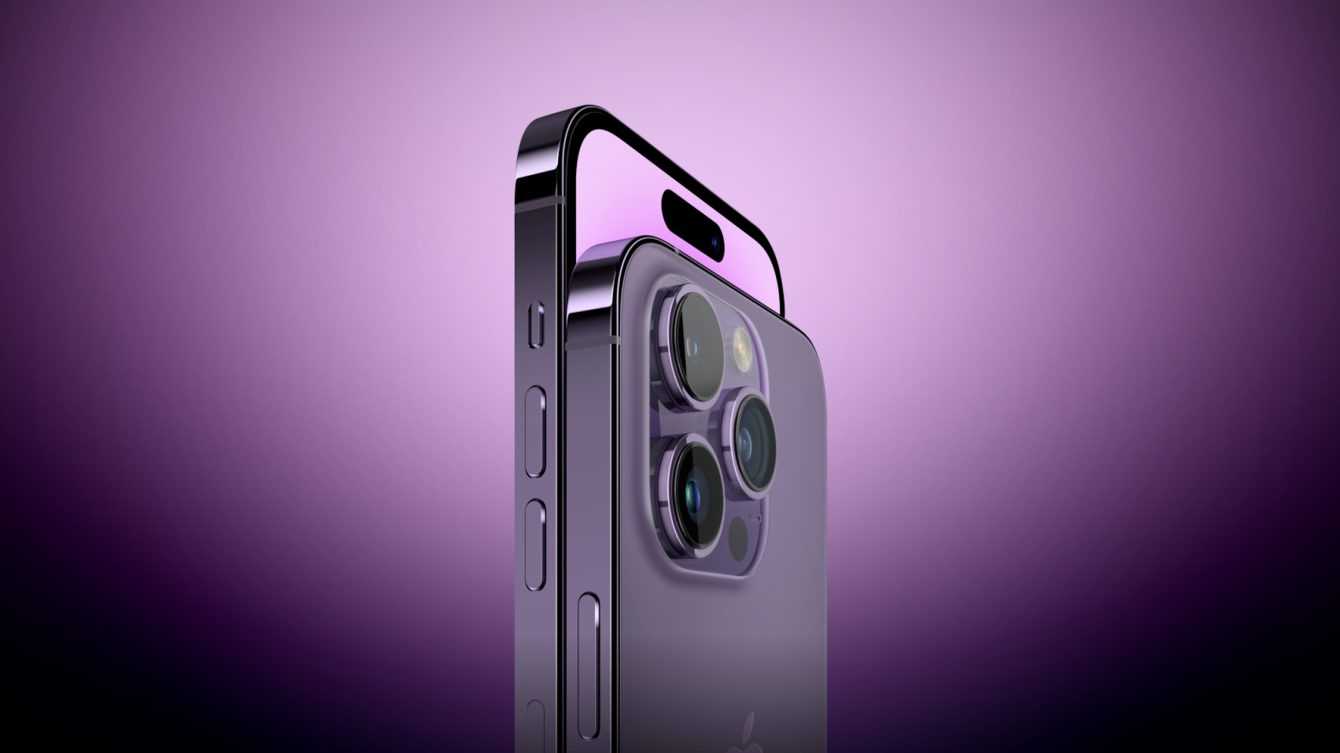
CPU, GPU, Camera | iPhone 15 Pro/15 Pro Max: guide to the differences and technical specifications
Both phones are equipped with a chip A17 Prowith a new one CPU 6-core con 2 performance cpre e 4 efficiency corea new GPU 6-core and a new one Neural Engine 16-core. As for the camera the iPhone 15 Prowill have the following characteristics:
- Pro camera system
- 48MP main camera (wide angle): 24 mm, ƒ/1.78, optical image stabilization on second generation sensor, 100% Focus Pixels; supports ultra-high resolution photos (24MP and 48MP)
- 12MP ultra-wide angle: 13 mm, ƒ/2.2 and 120° field of view, 100% Focus Pixels
- 12MP 2x telephoto lens (via quad-pixel sensor): 48 mm, ƒ/1.78, optical image stabilization on second generation sensor, 100% Focus Pixels
- 12MP 3x telephoto lens: 77mm, ƒ/2.8, optical image stabilization
- 3x optical zoom; 2x optical zoom out; total extension of 6x optical zoom
- Digital zoom up to 15x
Below are those instead of iPhone 15 Pro Max camera:
- Pro camera system
- 48MP main camera (wide angle): 24 mm, ƒ/1.78, optical image stabilization on second generation sensor, 100% Focus Pixels; supports ultra-high resolution photos (24MP and 48MP)
- 12MP ultra-wide angle: 13 mm, ƒ/2.2 and 120° field of view, 100% Focus Pixels
- 12MP 2x telephoto lens (via quad-pixel sensor): 48 mm, ƒ/1.78, optical image stabilization on second generation sensor, 100% Focus Pixels
- 12MP 5x telephoto lens: 120 mm, ƒ/2.8, optical image stabilization on 3D sensor and autofocus, tetraprism design
- 5x optical zoom; 2x optical zoom out; total extension of 10x optical zoom
- Digital zoom up to 25x
In general, the cameras of both models they will have:
- Customizable default lens (wide angle)
- Sapphire crystal lens coating
- Adaptive True Tone Flash
- Photonic Engine
- Deep Fusion
- Smart HDR 5
- Next generation portraits with Depth Control and Focus Shift
- Portrait lighting with six effects
- Night mode
- Night mode portraits via LiDAR scanner
- Panorama (up to 63MP)
- Photographic styles
- Macro photography
- Apple ProRAW
- Wide color gamut photos and Live Photos
- Lens correction (ultra-wide angle)
- Advanced red-eye correction
- Automatic image stabilization
- Continuous shooting mode
- Geotagging photos
- Captured image formats: HEIF, JPEG and DNG
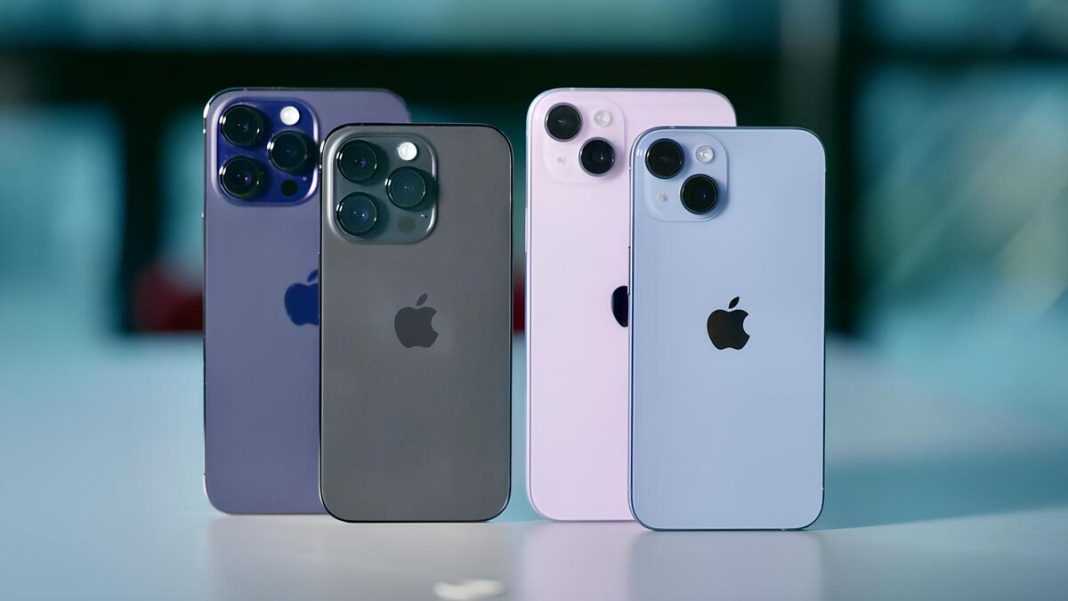
Video Recording | iPhone 15 Pro/15 Pro Max: guide to the differences and technical specifications
Below are the specifications for the video recording of both models:
- Registrazione video 4K a 24 fps, 25 fps, 30 fps o 60 fps
- Registrazione video HD (1080p) a 25 fps, 30 fps o 60 fps
- HD video recording (720p) at 30 fps
- Cinema mode up to 4K HDR at 30 fps
- Action mode up to 2.8K at 60 fps
- HDR video recording with Dolby Vision up to 4K at 60 fps
- ProRes video recording up to 4K at 60 fps with external recording
- Video recording Log
- Academy Color Encoding System
- Macro video recording, also with slow-motion and time-lapse
- Video in slow‑motion (1080p) a 120 fps o 240 fps
- Time‑lapse video with stabilization
- Time‑lapse video in Night mode
- Video QuickTake
- Optical video image stabilization on second generation sensor (wide angle)
- Optical image stabilization on 3D sensor and autofocus for videos (telephoto)
- Digital zoom up to 9x (iPhone 15 Pro) and up to 15x (iPhone 15 Pro Max)
- Zoom audio
- Flash True Tone
- Cinema-quality video stabilization (4K, 1080p and 720p)
- Video con autofocus continuo
- Take 8MP photos while filming in 4K
- Zoom during video playback
- Recorded video formats: HEVC, H.264 and ProRes
- Stereo audio recording
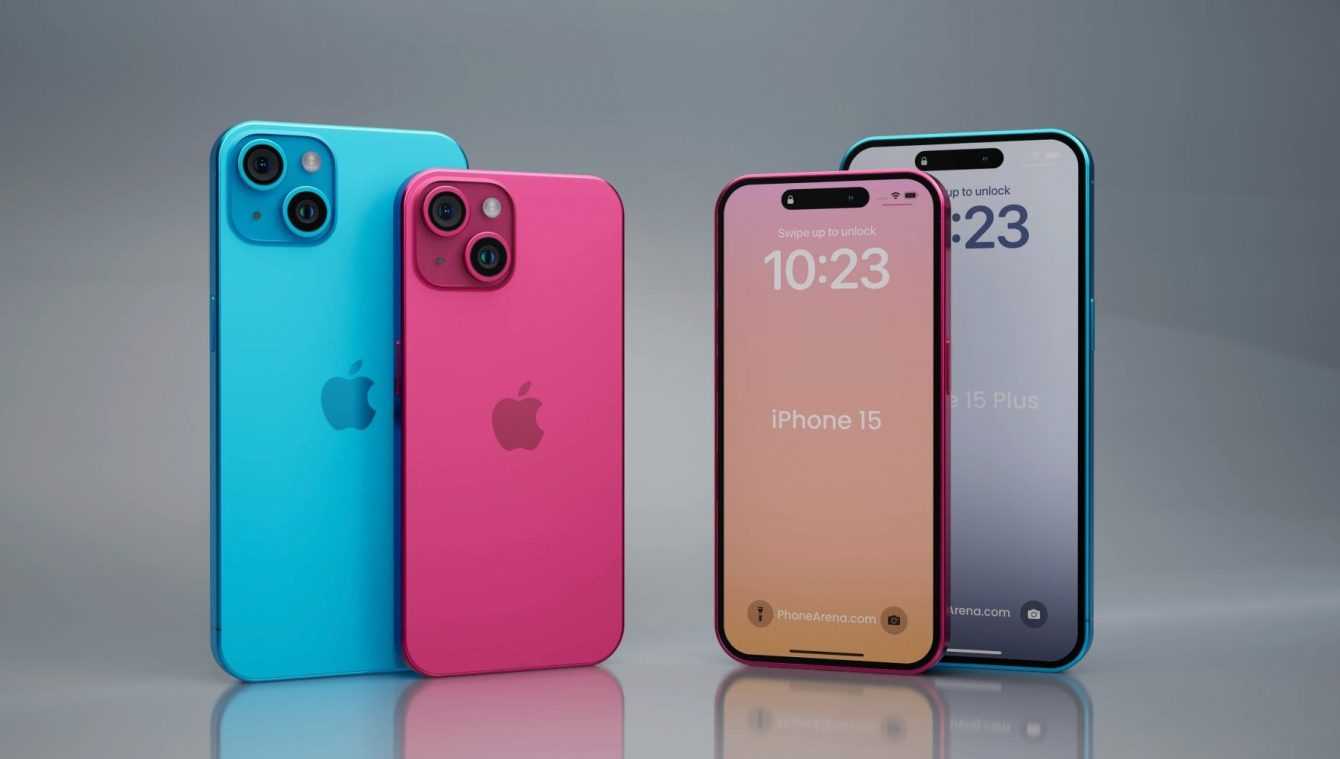
Front camera | iPhone 15 Pro/15 Pro Max: guide to the differences and technical specifications
Both models are equipped with a TrueDepth front camera:
- 12MP Photo
- Diaphragm with aperture ƒ/1.9
- Autofocus con Focus Pixels
- Retina Flash
- Photonic Engine
- Deep Fusion
- Smart HDR 5
- Next generation portraits with Depth Control and Focus Shift
- Portrait lighting with six effects
- Animoji e Memoji
- Night mode
- Photographic styles
- Apple ProRAW
- Wide color gamut photos and Live Photos
- Lens correction
- Automatic image stabilization
- Continuous shooting mode
- Registrazione video 4K a 24 fps, 25 fps, 30 fps o 60 fps
- Registrazione video HD (1080p) a 25 fps, 30 fps o 60 fps
- Cinema mode up to 4K HDR at 30 fps
- HDR video recording with Dolby Vision up to 4K at 60 fps
- ProRes video recording up to 4K at 60 fps with external recording
- Video recording Log
- Academy Color Encoding System
- Video in slow‑motion (1080p) a 120 fps
- Time‑lapse video with stabilization
- Time‑lapse video in Night mode
- Video QuickTake
- Cinema-quality video stabilization (4K, 1080p and 720p)
Both models have the Face ID, i.e. face recognition via the TrueDepth camera. Both models support Apple Pay, to pay with your iPhone using Face ID in physical stores, in apps and on the web. Both phones have a satellite emergency SOS system and an accident detection system.
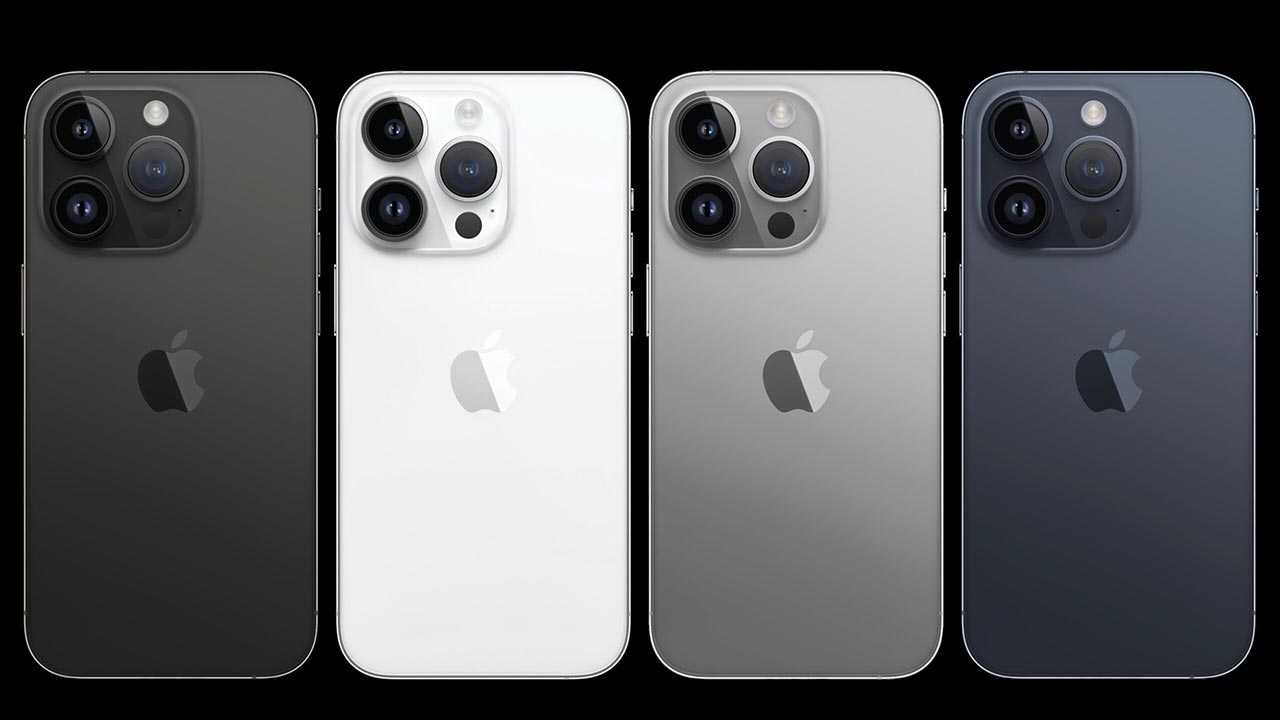
Wireless | iPhone 15 Pro/15 Pro Max: guide to the differences and technical specifications
As far as the internet line is concerned, this time the differentiation is made by the model. You can find out the model of your phone via the Apple support form. In general, these are the specifications:
- Model A3102
- 5G NR (bande n1, n2, n3, n5, n7, n8, n12, n20, n25, n26, n28, n30, n38, n40, n41, n48, n53, n66, n70, n77, n78, n79)
- FDD-LTE (band 1, 2, 3, 4, 5, 7, 8, 12, 13, 17, 18, 19, 20, 25, 26, 28, 30, 32, 66)
- TD-LTE (bands 34, 38, 39, 40, 41, 42, 46, 48, 53)
- UMTS/HSPA+/DC‑HSDPA (850, 900, 1700/2100, 1900, 2100 MHz)
- GSM/EDGE (850, 900, 1800, 1900 MHz)
- Model A3106
- 5G NR (bande n1, n2, n3, n5, n7, n8, n12, n20, n25, n26, n28, n30, n38, n40, n41, n48, n53, n66, n70, n77, n78, n79)
- FDD-LTE (band 1, 2, 3, 4, 5, 7, 8, 12, 13, 17, 18, 19, 20, 25, 26, 28, 30, 32, 66)
- TD-LTE (bands 34, 38, 39, 40, 41, 42, 46, 48, 53)
- UMTS/HSPA+/DC‑HSDPA (850, 900, 1700/2100, 1900, 2100 MHz)
- GSM/EDGE (850, 900, 1800, 1900 MHz)
- All models
- 5G (sub-6GHz) with 4×46 MIMO technology
- Gigabit LTE with 4×4 MIMO and LAA6 technology
- Wi‑Fi 6E (802.11ax) with 2×27 MIMO technology
- Bluetooth 5.3
- Second generation Ultra Wideband chip
- Thread networking technology
- NFC with reader mode
- Express cards that can be used in “Low consumption” mode
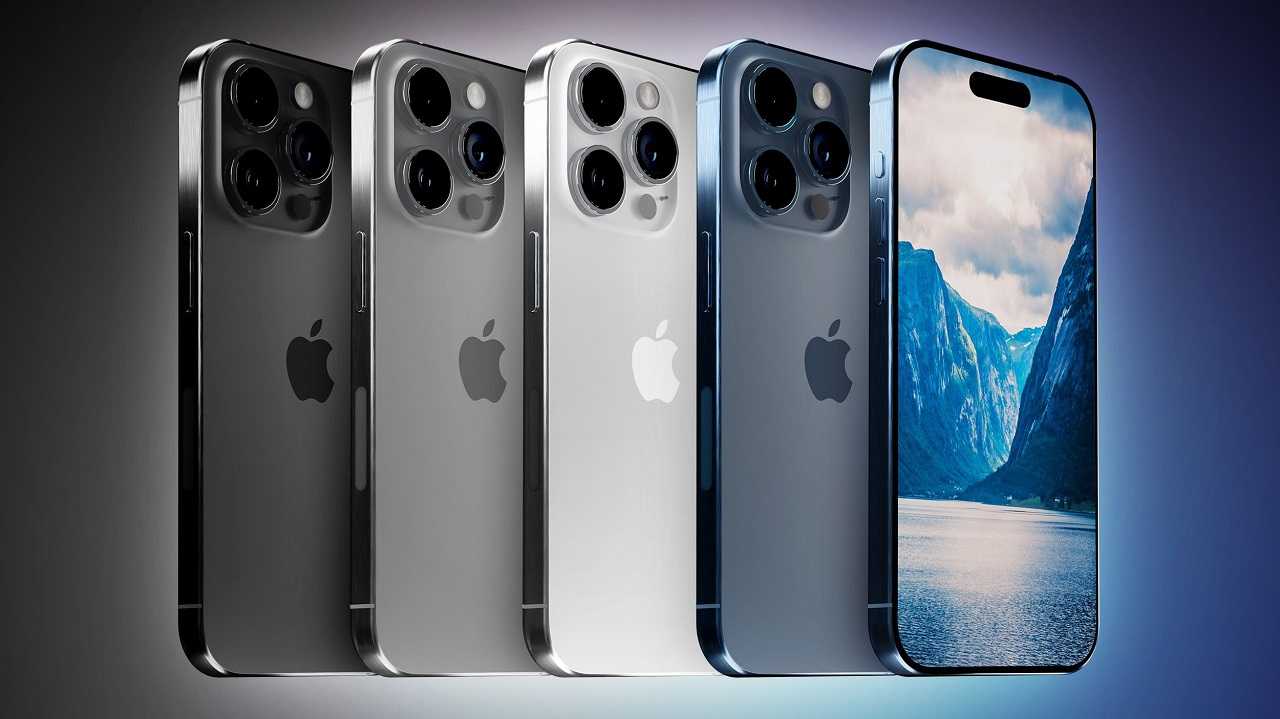
Video Calls and Audio Calls | iPhone 15 Pro/15 Pro Max: guide to the differences and technical specifications
Moving on to the calls, for the video calls Both phones have the following features:
- FaceTime video over cellular or Wi‑Fi
- FaceTime HD (1080p) su rete 5G o Wi‑Fi
- Share movies, TV shows, music and apps during FaceTime video calls with SharePlay
- Screen sharing
- Portrait mode in FaceTime video calls
- Spatial audio
- “Voice Isolation” and “Wide Spectrum” microphone modes
- Optical zoom with the rear camera
For them audio callsInstead:
- FaceTime audio
- Voice over LTE (VoLTE)6
- Calls over Wi‑Fi network6
- Share movies, TV shows, music and apps during FaceTime video calls with SharePlay
- Screen sharing
- Spatial audio
- “Voice Isolation” and “Wide Spectrum” microphone modes
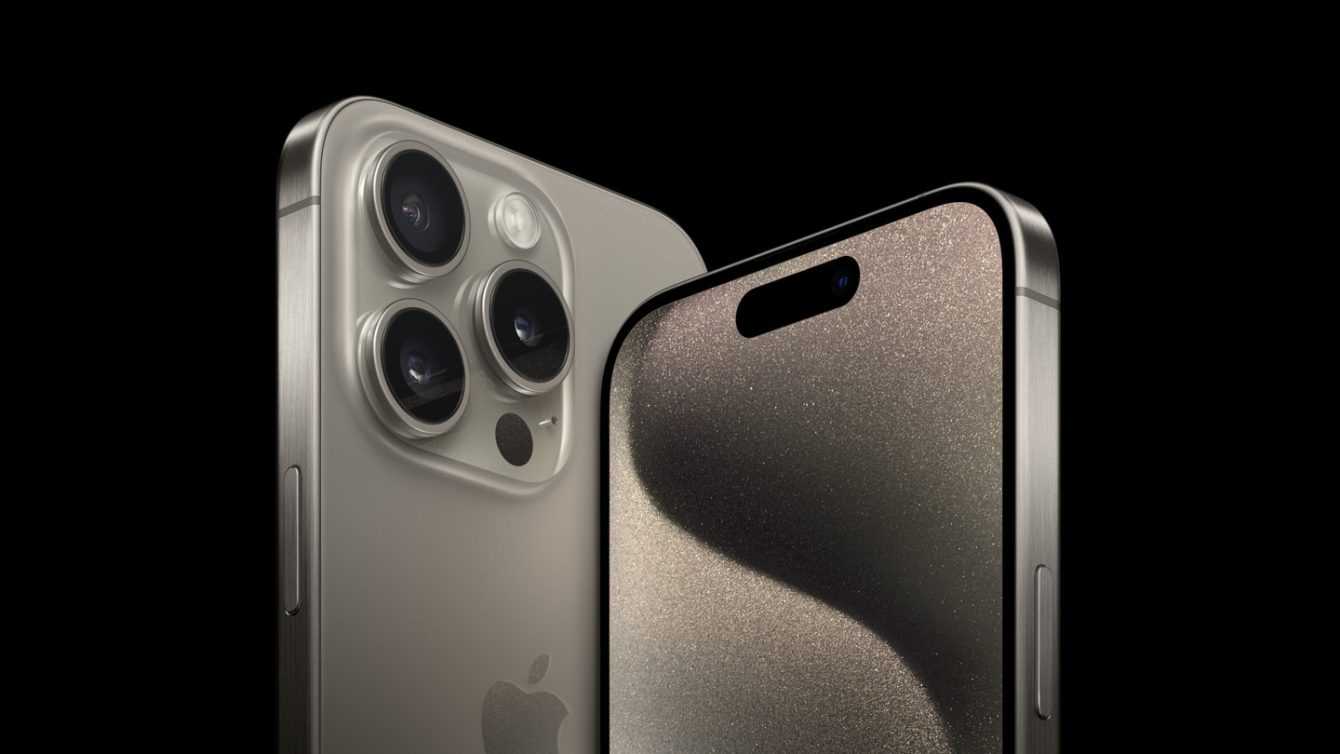
Audio Playback and Video Playback | iPhone 15 Pro/15 Pro Max: guide to the differences and technical specifications
Let’s move on to audio and video playback. THE audio formats supported include AAC, MP3, Apple Lossless, FLAC, Dolby Digital, Dolby Digital Plus and Dolby Atmos. Additionally, there is spatial audio playback and a user-configurable maximum volume level.
Moving on instead to video playbackthese are the main features of both iPhones:
- Supported formats include HEVC, H.264 and ProRes
- HDR con Dolby Vision, HDR10 e HLG
- AirPlay for screen mirroring and streaming of up to 4K HDR photos and videos to your Apple TV (2nd generation or later) or an AirPlay-enabled smart TV
- Video Mirroring and video output: up to 4K HDR with…







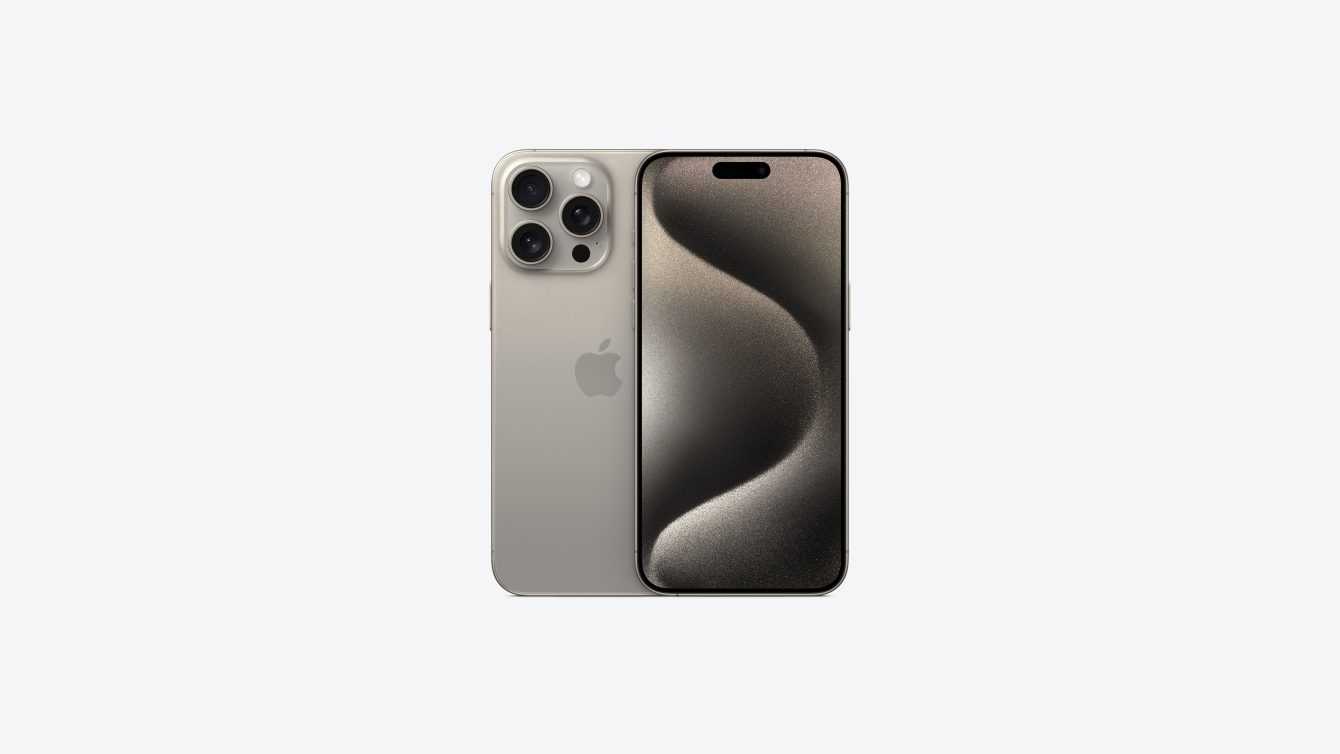





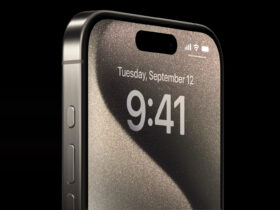
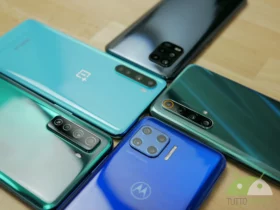
Leave a Reply
View Comments